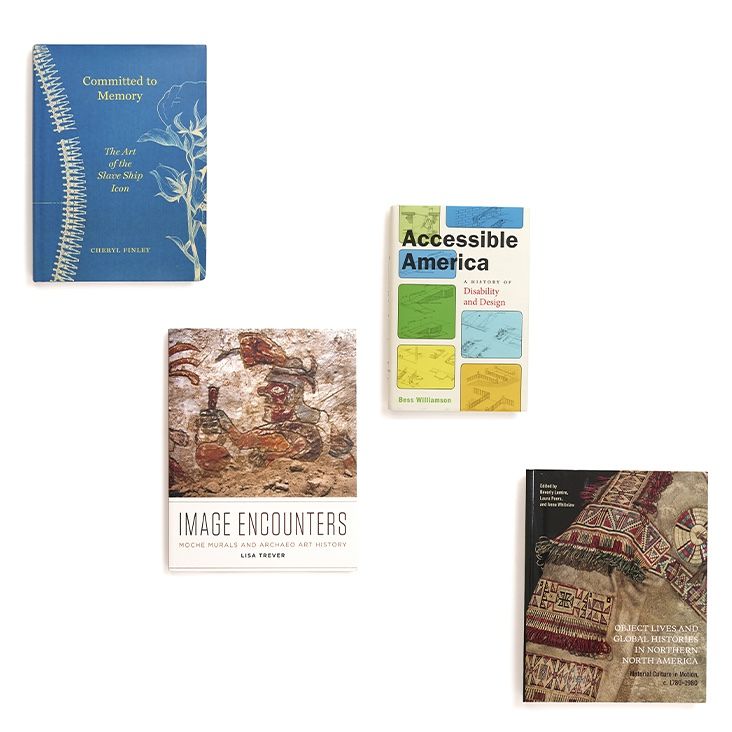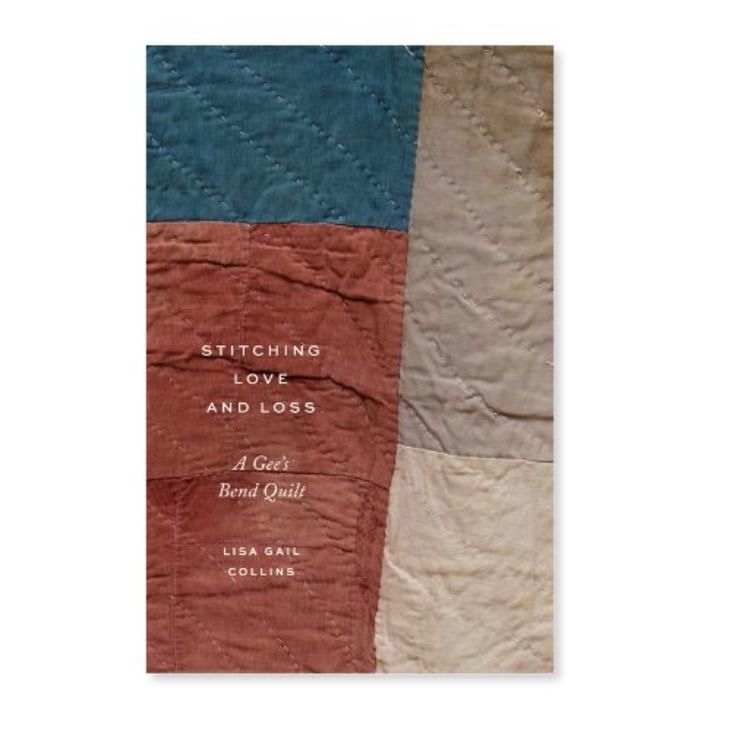In this interactive micro-exhibition, listen to excerpts from a podcast exploring laces in Nigerian culture, and see one of the Austrian-made laces featured in it.
“In southwestern Nigeria, and among the Nigerian diaspora abroad, Yorùbá people have created a thriving culture of dress and textile production that includes intricate hand weavings, resist-dyed textiles, and, most recently, vibrant laces (also known as chemical laces). Our principles of dress are immortalized in proverbs spoken from one generation to the next. When I think of the Yorùbá celebrations that I grew up with, I picture an auntie dressed in full regalia at a reception, the wide sleeves of her
bùbá expanding majestically as she
komọ́lẹ̀s to the ground. The holes in her lace reveal small slivers of skin, like the openwork on her highly prized
aṣọ òkè. Lace trade and use rose in Nigeria in the mid-twentieth century. After the devastation of two world wars and changes in European fashion, the established Austrian lace industry was in crisis. It needed a new market, and Nigerians—already fluent in openwork fabrics, rich dress practices, and the global textile trade—saw an opportunity. Nigerians took lace and remade it in their own image, weaving these two nations together in a web of fashion, skill, and trade.
“My auntie, a merchant who had traveled between Austria and England to sell lace within her Nigerian diasporic community in London, sold this lace to my mum in the early 2000s. A skilled tailor sewed it into the three-piece
ìró,
bùbá, and
ìpèlé that you see here. When I run my hands over it, the embroidery feels slick and the rhinestones pebbly. One piece—the
bùbá—has more sparkling rhinestones than the others. Listen to this season of the podcast to hear more about this lace, including how it changed over time and how it connects many generations of a family.”
—
This season of the Fields of the Future podcast is produced by mary adeogun (BGC MA ‘22). She also curated a kìí ṣẹ̀ṣọ́ gbélé (we do not dress up beautifully to sit at home)
, and she thanks the many people who made these projects possible.
Machine-embroidered lace embellished with rhinestones. Made in Austria, tailored to a Nigerian context, worn in the United States, ca. early 2000s, with additions made in 2021. Synthetic fiber (?), cotton, plastic, and glass. Courtesy the Solarin sisters & Adeogun family.
Listen to full episodes of the podcast.
This micro exhibition is on view in the Bard Graduate Center Gallery during the run of
Threads of Power: Lace from the Textilmuseum St. Gallen, September 16, 2022–January 1, 2023.
Purchase tickets.













.jpg,732x732,c)



